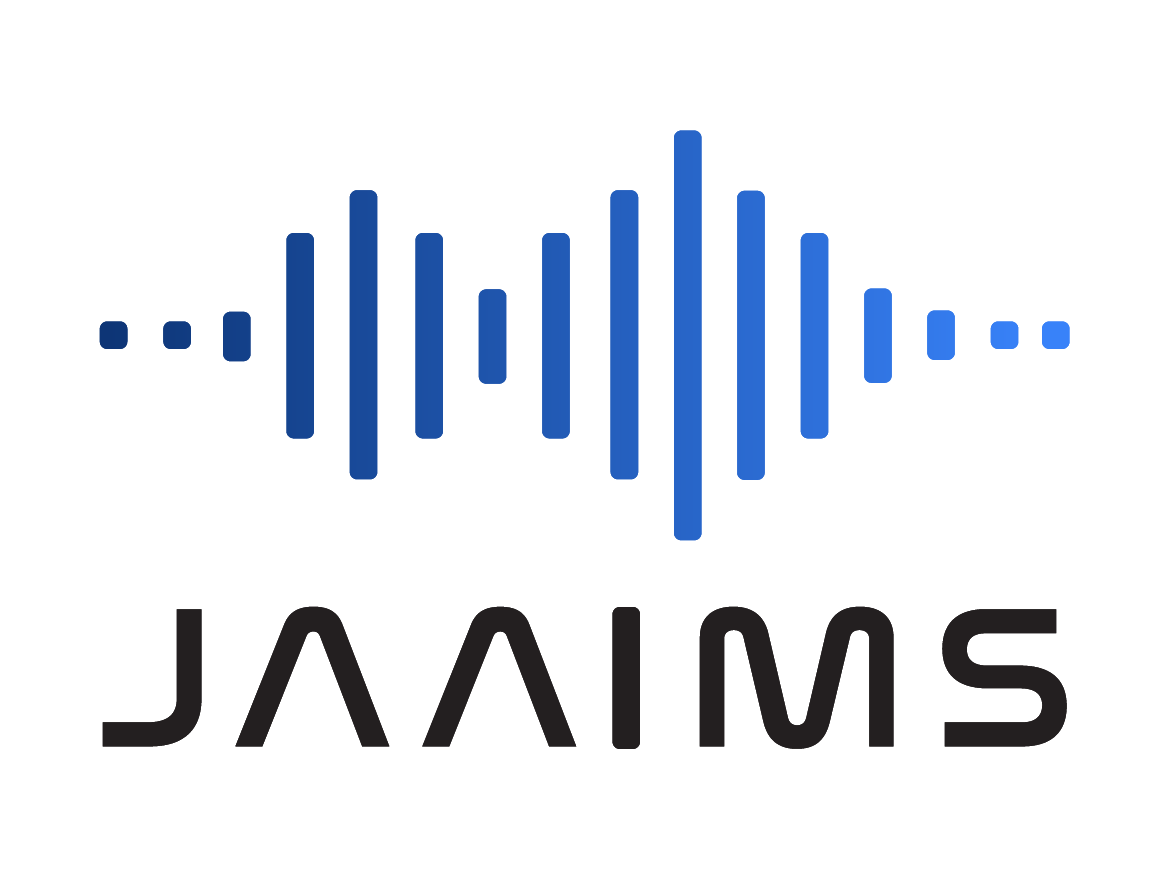Automated trading is not new in the financial services sector, in fact, it has been around for many years albeit through many different carnations, it is most commonly associated to algorithmic trading.
Algorithmic trading is a computer operated algorithm which works of a set of pre-set principles and rules. Often utilising technical analysis theory, they are commonly built around probability. However, since the rapid development of Artificial Intelligence (AI), these algorithms have become very sophisticated where they now analyse millions of pieces of data within seconds and apply a set of dynamic rules and logic to make decisions not just based of mathematical probabilities but by analysing sentiment and fundamentals together to make recommendations like analysts do today. Furthermore, by adding automated execution removes the human emotion (Emotive Trading) from trading and investing decisions which is a common theme as to why we are sometimes unsuccessful in our investing activities today.
Emotive trading can be highly detrimental to investors, as it tends to be knee-jerk and forces investors to abandon the keen sense of determinism that can serve them so well in markets. So, by establishing rational trading rules and applying these automatically, you can act solely on the data that you access and negate the temptation to buy and sell assets on impulse.Thus, automated trading and investing carries a lot of advantages for investors as it allows investors to digest massive amounts of data through technology to drive decisions, which is well outside of the realms of possibility for humans today. However, there is some cons to automated investing.
Primarily the cost to firstly develop an automated program and the processing power required on a daily basis to operate the technology. At Jaaims we analyse on average 2.5 million pieces of data per day, we then store this data for a very long-time which results in massive server and data storage requirements. We also have the added challenges of security and the AI engine to bring it all together. Our platform is still early in its development and overtime we will increase our data digestion capabilities which means we will require more processing power in the future. Thus, to have an effective and market leading automated investing program costs many millions of dollars to not only develop but to operate continuously over time.
Depending on the sophistication of your automation, it will carry different variables and in turn; different cons. There is simple automation tools available in the market that use simple probabilities rules based around EMA’s (Exponential Moving Averages) and RSI (Relative Strength Indicator). These are quite common indicators which people base their algorithm around, however as many people are using the same logic these deliver very little competitive advantage in markets. Furthermore, these algorithms can lead to over optimisation, which means streamlined algorithms that look great on paper, fail to translate in real market conditions. With over-optimisation, you can spend an inordinate amount of time refining and cultivating your strategy based exclusively on test results, only to find that this system is simply incapable of performing in a live and real-time marketplace.
So there is no doubt that automation will continue to play a pivotal role in financial markets now and into the future. Today, over 90% of trading and investing is done by machines, therefore if you don’t have access to this technology, you are in a David and Goliath battle and as much as I like being the underdog, it’s becoming more and more difficult to beat and out think machines. To quote Elon Musk “As AI gets probably much smarter than humans, the relative intelligence ratio is probably similar to that between a person and a cat” and in the lucrative game of investing, you don’t want to be the cat!
